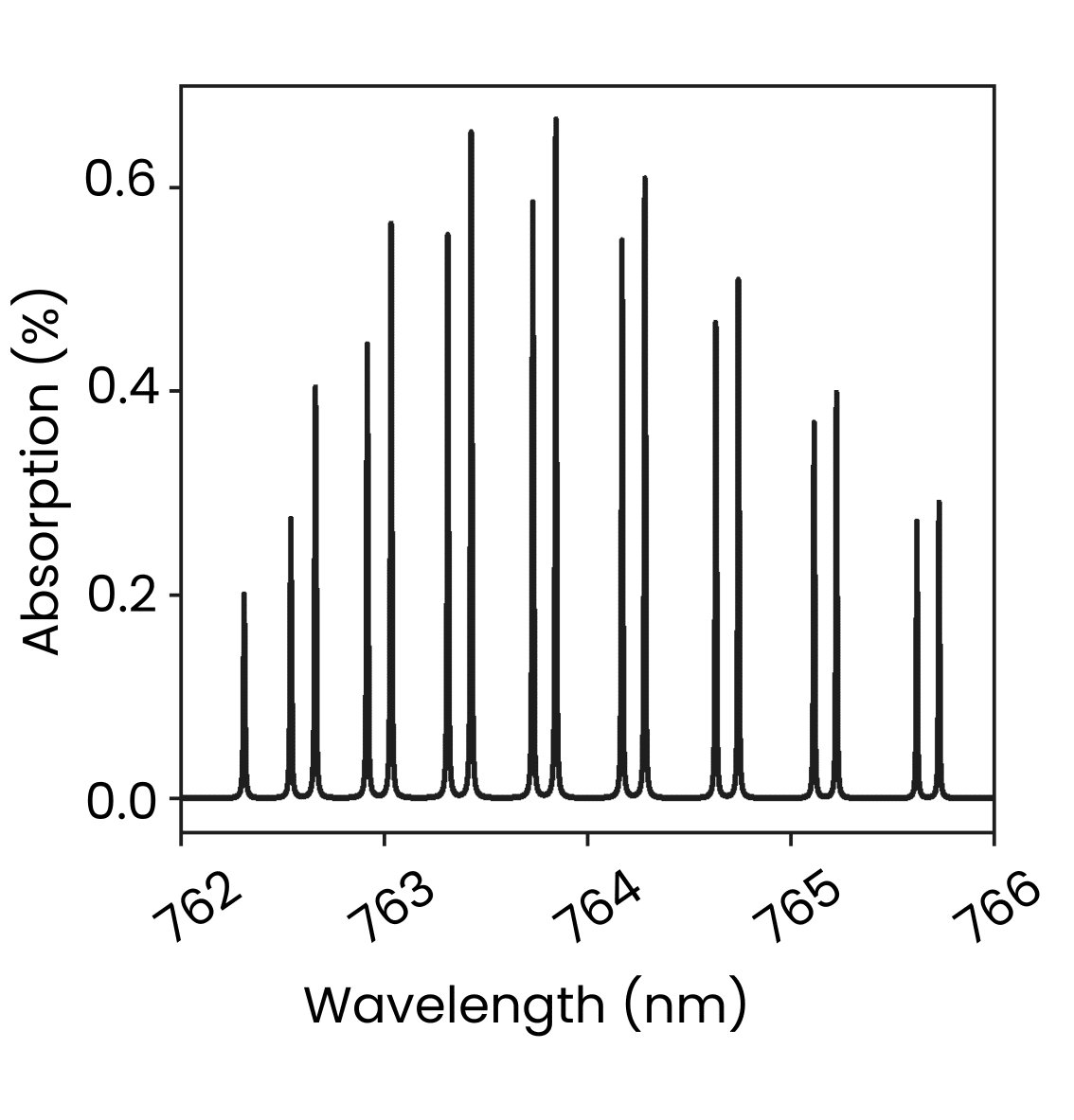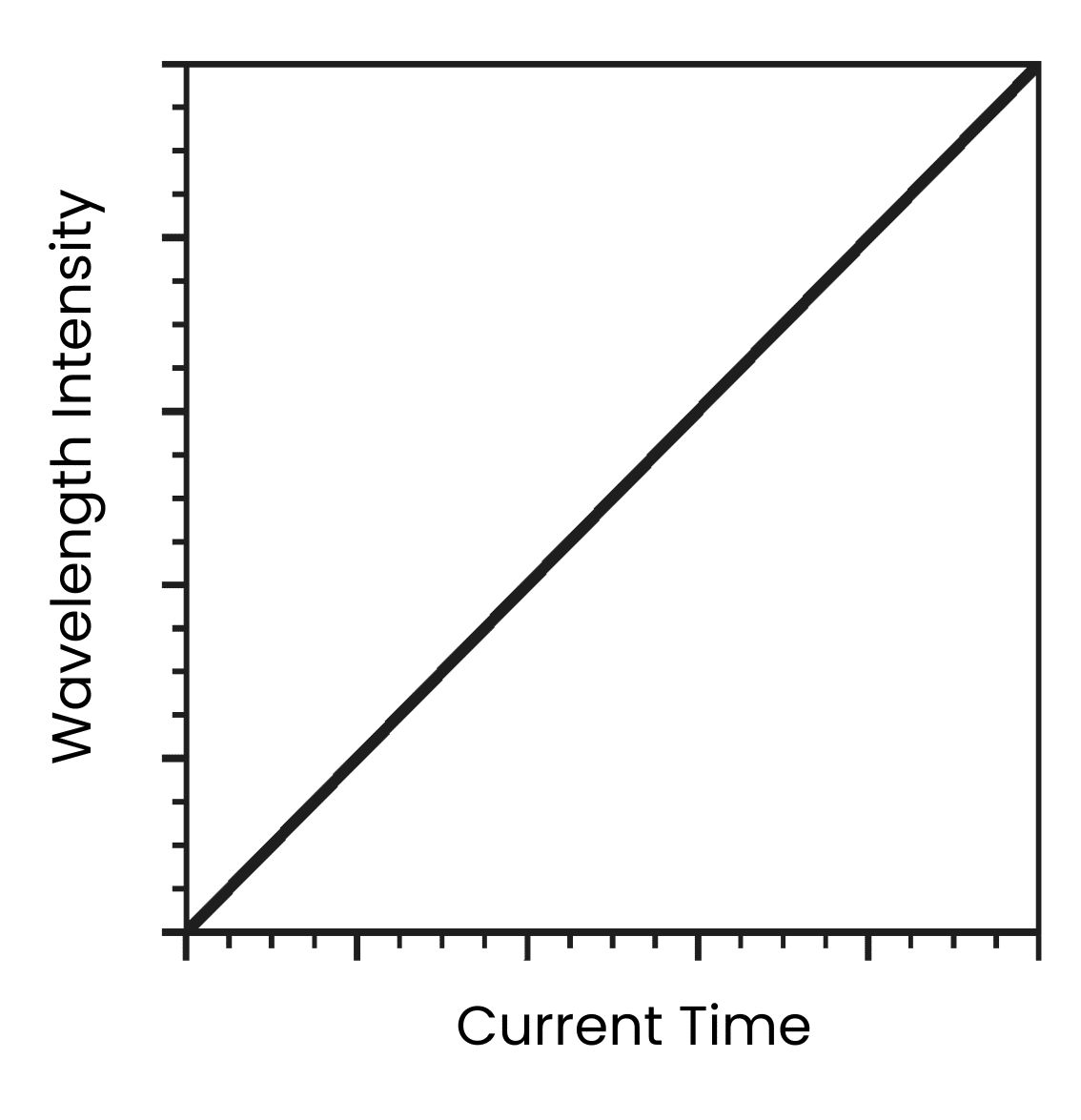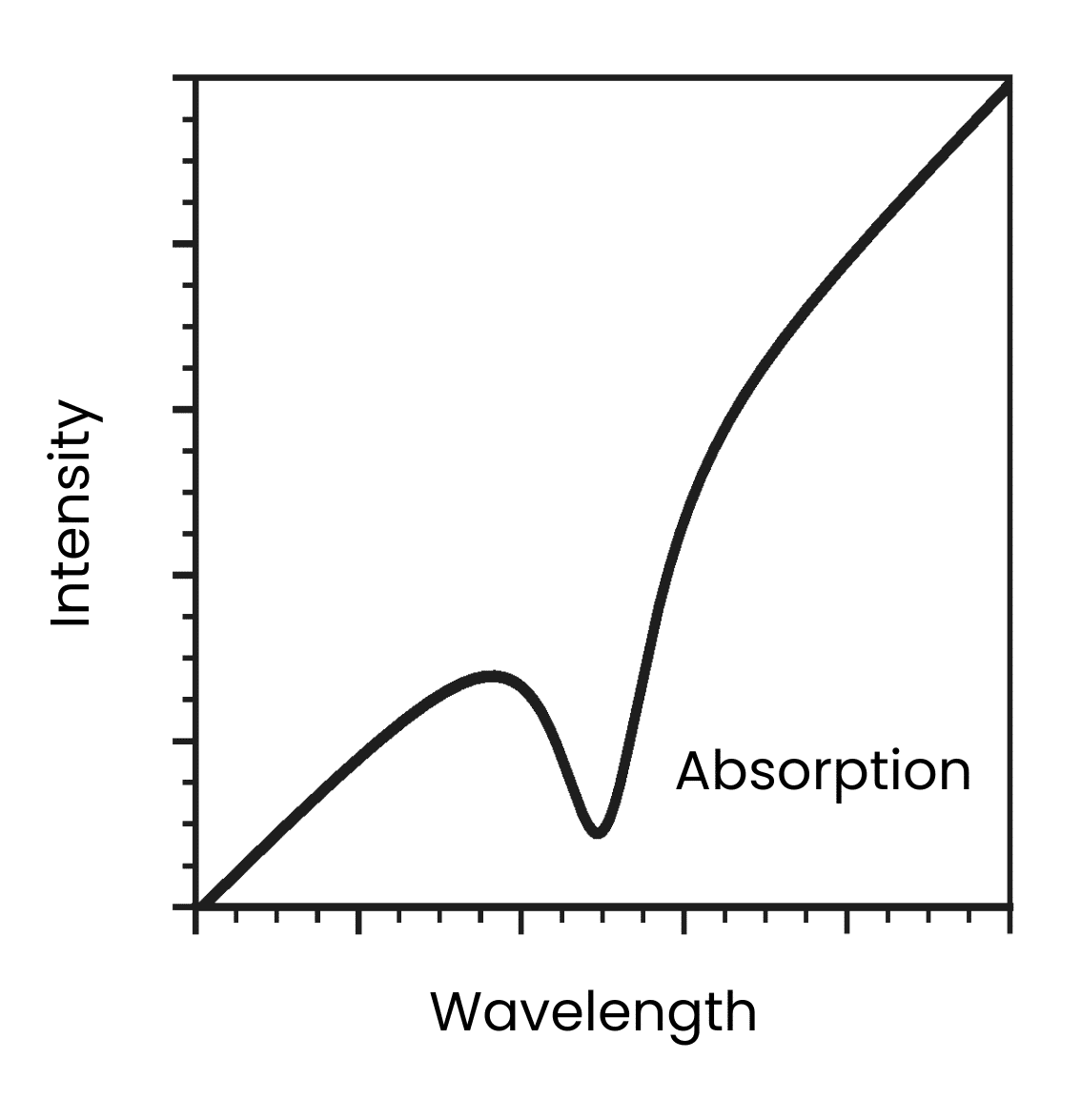WATCH OUR EXPLAINER VIDEO
Tunable Diode Laser Absorption Spectroscopy (TDLAS) Technology – Explained
BENEFITS AND FEAUTURES
Why Our Products Are Different
Precision Excellence
Real-time Insights
>1000 unique analyses per second, alerting you only when necessary.
Easily Adaptable
Real-time measurement and results in your preferred format.
Low Concentrations
Made in Sweden
Robust, sustainable & replaceable components for long-lasting use.
Ready to Use
Compact and turnkey devices, operational withinin seconds.

TDLAS Technology
Technology Comparisons
TDLAS vs. Traditional Gas Analysis: Analyzing Trace Gases
TDLAS vs Traditional Gas Analysis: Analyzing Trace Gases When...
Comparison: TDLAS vs Gas Chromatography (GC)
TDLAS vs Gas Chromatography: Which Is Best for Gas Analysis?...
Comparison: TDLAS vs Electrochemical Cells (EC)
TDLAS vs Electrochemical Cells: A Detailed Comparison When it...
Comparison: TDLAS vs Cavity Ring-Down Spectroscopy (CRDS)
TDLAS vs CRDS: A Comparative Analysis for Gas Detection When it...
Comparison: TDLAS vs Paramagnetic Oxygen Analyzers
TDLAS vs Paramagnetic Oxygen Analyzers: Which One to Choose?...
Comparison: TDLAS vs Flame Ionization Detector (FID)
TDLAS vs FID for Methane Analysis: A Detailed Comparison When...
Comparison: TDLAS vs Raman Spectroscopy
TDLAS vs Raman Spectroscopy: Which Method Suits Your Needs?...
Comparison: TDLAS vs Fourier-Transform Infrared (FTIR)
TDLAS vs FTIR Spectroscopy: A Comprehensive Comparison In the...
Comparison: TDLAS vs Nondispersive Infrared (NDIR)
When it comes to gas analysis, two widely-used technologies are...
How does TDLAS work?
The basic principle of TDLAS relies on absorption spectroscopy. Gas molecules absorb specific wavelengths of light, converting photon energy into heat. Each gas has a unique “fingerprint” of absorption lines in the gas absorption spectrum.

Since we know the light intensity from the transmitter, any absorption by gas molecules reduces the light reaching the detector. This absorption allows us to calculate the gas concentration, temperature, and pressure.
For each target gas, we optimize the light source based on its absorption spectrum, selecting the wavelength with the highest absorption and no interference from other gases.
The principle is similar to all TDLAS systems: tuning a narrow-band laser by adjusting the current to scan the selected absorption wavelength.

If the target gas is present we will see a small dip in the light intensity reaching the receiver at that specific wavelength:

This dip in the measurement of light intensity can then be analysed, the amplitude and width of the curve correspond to the concentration, temperature and pressure:

MORE READING
You May Also Like
Overview: Total Cost of Ownership for Gas Analyzers
Overview: Total Cost of Ownership for Gas Analyzers Investing...
Overview: Benefits and Limitations of Beamonics Gas Analyzers
Benefits and Limitations of Beamonics Gas Analyzers Beamonics...
Real-Time Monitoring with TDLAS: Benefits and Applications
TDLAS Real-Time Monitoring: Key Benefits and Applications...
TDLAS Technology Cost-Benefit Analysis: Is It Worth It?
TDLAS Technology Cost-Benefit Analysis: Is It Worth the...
TDLAS Glossary: Essential Terms in Gas Analysis
TDLAS Glossary: Essential Terms in Gas Analysis Tunable Diode...
The Basics of TDLAS Technology: A Complete Guide
Tunable Diode Laser Absorption Spectroscopy (TDLAS) is a highly...

















